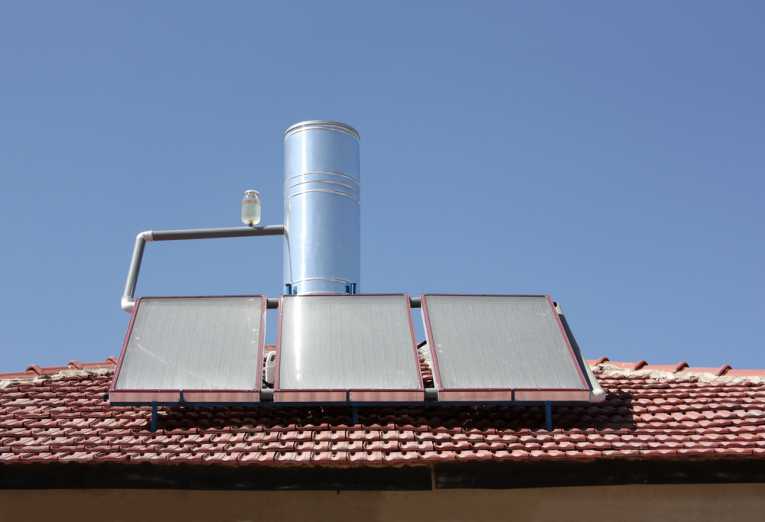Almost a sixth of the world's low-temperature heating and cooling energy could come from solar power by the middle of the century, say energy experts.
The move would stop around 800 megatonnes of carbon dioxide from entering the atmosphere each year, says the International Energy Agency (IEA) - more than 1.5 times the annual emission in the UK.
For the low-temperature and cooling targets to be reached by 2050, governments across the world would need to invest in new technologies. They would also need to produce long-term policies for solar heating and cooling and introduce economic incentives and more quality-control standards, says the IEA.
The IEA's 50-page Solar Heating and Cooling Technology Roadmap points to ways of best developing and adopting solar heating and cooling technologies.
The Paris-based IEA says that unless decisive action is taken, energy-related emissions of CO2 will more than double by the middle of the century and increased demand for oil will raise fears of how supplies can be kept secure.
IEA Executive Director Maria van der Hoeven, says, "We can and must change our current path, but this will take an energy revolution and low-carbon energy technologies will have a crucial role to play.
"Energy efficiency, many types of renewable energy, carbon capture and storage, nuclear power and new transport technologies will all require widespread deployment if we are to reach our greenhouse gas emission goals. Every major country and sector of the economy must be involved."
The roadmap recommends that governments fund and support research, development and demonstration so new technologies can reach high-volume commercial production within a decade.
It is particularly important that developing countries quickly deploy mature and competitive solar heating and cooling technologies, the roadmap states.
With concerted effort from industry and governments, solar power could produce 16% of final energy use for both low-temperature heat and cooling each year - a 25-fold rise in the deployment of technology over 40 years, it says.
Paolo Frankl, the Head of IEA's Renewable Energy Division, says solar heat can make a significant contribution in tackling climate change and strengthening energy security.
Solar energy could replace fossil fuels used for heating and electricity for hot water and heating buildings.
The technology would particularly benefit those counties like South Africa that receive a lot of sun, but do not have renewable or alternative power and a third of homes in South Africa currently use electric water heating.
Thermal cooling technology powered by the sun to cool air can also help reduce the reliance on the electric grid by replacing electric air conditioners.
One area of industry that can make more use of the technology is in sectors that need use low and mid-temperature heat to wash, dry, pasteurise and cook.
In fact, solar energy could meet a fifth of worldwide industry demand for low-temperature heat, says the roadmap.
The autonomous International Energy Agency was launched in 1974 to promote energy security of member countries through collective response to physical disruptions in oil supply, and provide authoritative research and analysis on ensuring reliable, affordable and clean energy for its 28 member countries and beyond.
Copyright © 2012 The Earth Times http://www.earthtimes.org
